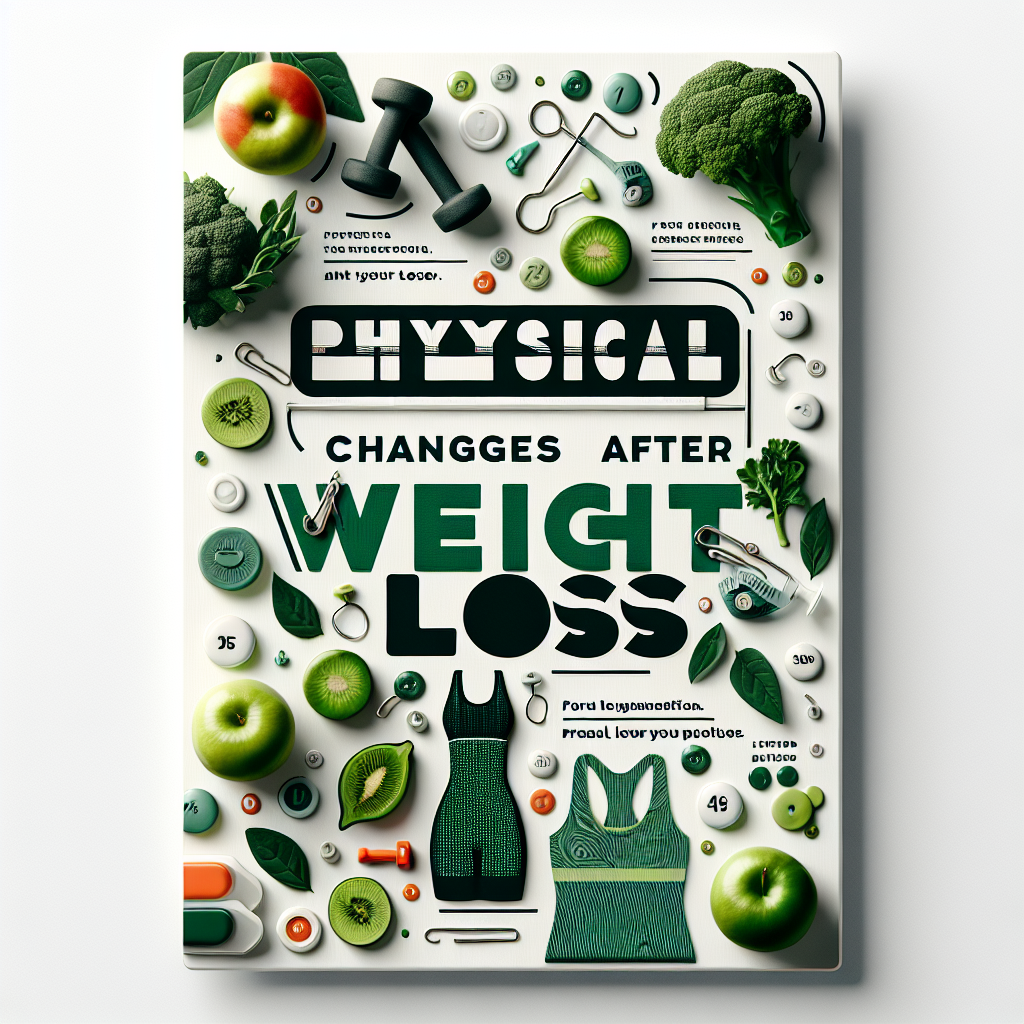boobs after weight loss
Introduction
Intermittent fasting (IF) has become a popular, evidence‑based strategy for weight loss because it simplifies when you eat rather than what you eat. For people worried about changes in their body — including the size and shape of their breasts after weight loss — IF can be an effective tool to reduce overall fat while supporting metabolic health. Understanding how it works and how to use it safely will help you reach goals while minimizing unwanted side effects.
How intermittent fasting works (science in brief)
IF changes the timing of calorie intake, which influences metabolic pathways. Fasting periods lower circulating insulin, which reduces the signal that tells the body to store fat and allows lipolysis (fat breakdown) to increase. With repeated fasting cycles, many people see improved insulin sensitivity and more efficient use of stored fat for energy. Extended fasts also stimulate cellular repair processes (often called autophagy) in animal models and show promising markers in human studies. Note that IF is not “spot reduction” — breast size typically decreases with overall body fat loss because breasts contain a lot of fatty tissue.
Common intermittent fasting methods (pros and cons)
– 16:8 (daily fasting 16 hours, eating window 8 hours): Pros — simple, easy to integrate with work/life; tends to be sustainable. Cons — may be tough at first and can lead to overeating in the window if not planned.
– 5:2 (normal eating 5 days, very low calories ~500–600 on 2 nonconsecutive days): Pros — fewer strict days; flexible. Cons — very-low-calorie days can cause hunger, irritability, or low energy.
– Alternate-day fasting (ADF): Pros — can produce rapid weight loss for some. Cons — challenging to maintain, may increase hunger and risk of nutrient gaps or muscle loss if not managed.
Practical tips for beginners
– Start gradually: begin with 12:12, move to 14:10, then 16:8 as you adapt.
– Focus on nutrient-dense meals in eating windows: lean protein, healthy fats, whole grains, vegetables, and fiber to promote satiety and protect muscle mass.
– Hydrate: water, herbal tea, and electrolytes (especially sodium, potassium) during fasts.
– Exercise: prioritize resistance training to preserve or build chest and upper‑body muscle — this helps support posture and the appearance of the chest after fat loss.
– Sleep and stress management: both influence hunger hormones and metabolic adaptation.
Common challenges and solutions
– Hunger: drink water, distract with light activity, adjust fasting length gradually.
– Social events: schedule eating windows to include social meals or plan a sensible meal swap.
– Low energy: ensure adequate calories and protein during eating windows; consider shifting workouts to eating periods.
Who should avoid intermittent fasting (disclaimer)
IF is not appropriate for everyone. Avoid if you are pregnant or breastfeeding, have a history of eating disorders, have type 1 diabetes, or take medications that risk hypoglycemia without medical supervision. Consult your healthcare provider before starting IF, especially if you have chronic health conditions.
Conclusion
Intermittent fasting is a flexible, science‑based approach to help reduce body fat and improve metabolic health. While breasts often shrink as fat is lost, gradual weight loss, resistance training, and good nutrition can preserve tone and confidence. Stay consistent, be patient with progress, and choose an approach that fits your life — small, sustainable steps lead to long‑term success.


